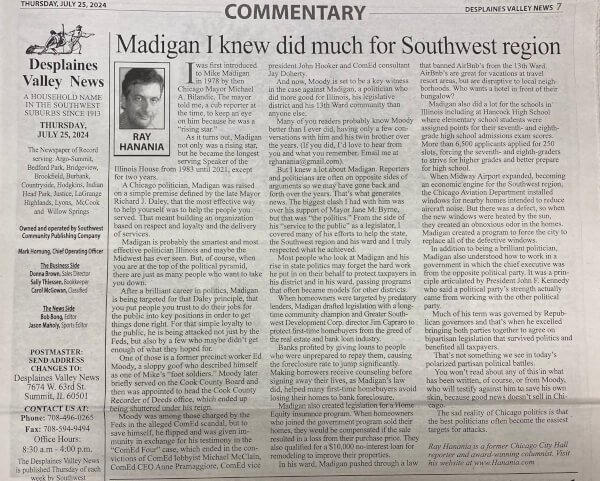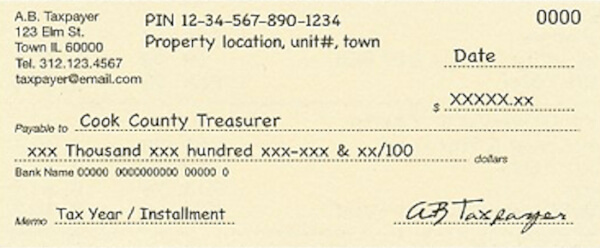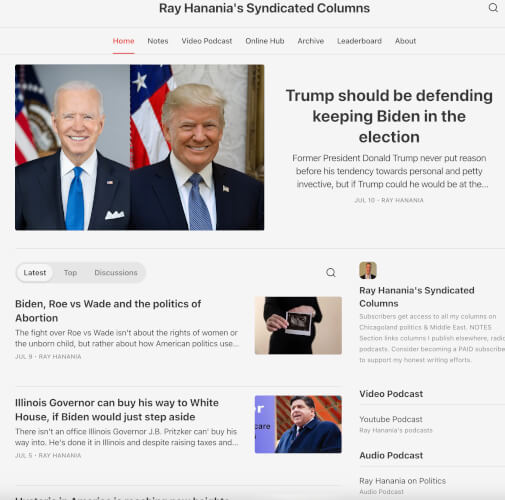Desperate news media turns to scams to profit
Newspaper circulations are way down and TV audience numbers are even lower and dropping. The mainstream news media, which in the course of the past two years has transformed itself from a professional Fourth Estate to a Third Political Party, is facing a money crunch. So the news media has turned to unscrupulous tactics to delay, obfuscate and prevent subscribers from unsubscribing. Unsubscribing from a news media subscription is like pulling teeth.
By Ray Hanania

Ray Hanania
The mainstream American news media is in a crisis. Their profits are dropping. Their news reporting is becoming more and more unethical and unprofessional. Their “reporters” are becoming politicians. And their “independence” is being bought up by big corporations.
So, the news media is turning to unscrupulous means to secure their profits and their subscriptions.
The New York Times is a good example of this latest strategy, which in actuality is a real scam.
The New York Times offers you the ability to “subscribe” online to their online digital subscription. They charge a basic $8 fee each month for the first year and then it quadruples at the end of one year.
They also claim, falsely, that “You can cancel your subscription at any time.”
Well, that’s not exactly true. Once they have your credit card number on file, they won’t let it go. It’s much like a crocodile that clamps done on a piece of meat. They open their mouths easily but once they sink their teeth into your waller, they will do everything possible to not let go.
In the case of the New York Times, once you subscribe and realize that they not only censure their news coverage, they also censure your online comments. If they don’t like your opinions, even as a subscriber, they won’t post your comments at the end of stories.
They know that despite the low initial subscription price, for digital service, for example — it’s the same with print newspaper delivery — they have you. And they won’t let go.
Their tactics are called duck, dodge and delay. And, when that doesn’t work, they simply pretend you never cancelled and continue to bill your credit card each month until you shrug and give up. One industry insider estimated that about 62 percent of people who subscribe but change their minds and try to unsubscribe, and hassled in this way and give up efforts to unsubscribe. The hassle can go on for months. Only the truly tenacious can break the link to the newspaper.

I have called three times trying to unsubscribe and it was only after threatening a lawsuit that they finally disconnected by credit card from their automatic billing system.
They make it sound like you can unsubscribe easily, but it is not easy at all. In fact, it’s difficult. Cumbersome. It’s filled with hassles.
When you go to the website to review your account, they make it difficult find the option to Unsubscribe. It’s there, but just not easily found.
At the New York Times, you have to go to your Account option, and then go to Billing. From here, there is a link on the right that says Unsubscribe. When you click the Unsubscribe link it will respond in one of two ways. The first is to go to a page that asserts falsely that the website is down and is not accessible at this time. That will go on for days. After trying many times over many days and weeks, the link might finally take you to the Unsubscribe Page, only to have you discover that you can’t unsubscribe online. They explain you have to call the 800 Number and subscribe on the telephone.
So, they allowed you to lock in your payments by going online but they won’t allow you to unsubscribe online through the same portal that you entered the system in.
It’s a bait and switch scam.
When you call the number, it answers with a recorded message of several layers of options. They ask for information like what’s you account number. They ask you to punch the numbers in using your keypad. The problem is that the keypad entry system doesn’t work. You can enter the account number as many as a dozen times and each time the female voice on the phone will tell you it can’t recognize the numbers.
You keep checking wondering if you are typing the numbers of the account in incorrectly, but you are not. The system is set up to not accept them. About half of the people at this stage of the unsubscription process will simply hang up, keep the subscription and try again, only to return to telephone hell.
The automated recording system will even just hang up and you have to go through the process of calling the New York Times over and over again only to be hung up on or to have the system fail to recognize your numbers either by voice or but punching the numbers on your phone.
It’s kind of like winning the lottery. You have to keep trying. And being an Op-Ed writer myself, I don’t mind doing this over and over again because being hassled like this is actually fun for me.
You have to be more persistent and stubborn than their most devious subscription department process. And you must keep trying.
Finally, after trying to unsubscribe for several weeks, they charged a few during the time period, I made it to a a real live person. The person who answered the phone was rude. His first question was “Why do you want to unsubscribe?”
“Well,” I explained, “the system said when I did subscribe that I can unsubscribe at any time.”
“But why do you want to unsubscribe?” The person at the New York Times contracted subscription answering service repeats. They won’t let you go and they won’t move on until to provide an answer.
“The New York Times keep blocking me from posting comments at the end of stories,” I explain.
“That’s not possible,” the voice asserts.
No, what’s not possible if you are wasting my time.
“It is possible. I just want to unsubscribe. You said this would be easy. It’s not.”
Well, “Can you spell your name for me?” The person asks.
“Sure.” And I spell my first and last name, which goes into a “Who’s on First” Abbot and Costello comedy routine. H-A-A-N-A-N-I_A
“I’m sorry I can’t find you in the system.”
The guy actually burped while talking to me, but at least his natural reaction was to apologize, although I think the apology kicked in before he could think about what he was doing. Newbies. They always tend to be soft.
Once we get the name right, after a dozen tries, he asked for the telephone number I subscribed with. Of course, the number doesn’t come up at all.
“It’s not in the system.”
“Are you telling me I am not a subscriber?” I ask.
We do this several times more.
Finally, I interject that as we were talking I have been surfing on the Internet and going through your user-unfriendly website and discovered by account number. I repeat it for him several times, the same number the system wouldn’t accept when I first tried to enter it and was hung up on.
And then I hit the jackpot.
“Fine, you are unsubscribed.”
“Great.” I’m about to hang up when he tosses in “You know we have some great subscription options ate savings if I can interest you.”
What part of unsubscribe don’t you get?
The best thing to do is read your news online. And when an online media listing for a story on Google News tells you you have to subscribe to read their story, simply ban them from your search results. You will always find a free story to give you the basics.
The news media used to sell quality, honesty and accuracy. Today, they sell whatever they can and take whatever they can. There’s no ethics left in today’s biased, fake news media. Just ask President Donald Trump.Cuz he is right on this one!
(Ray Hanania is an award-winning former Chicago City Hall political reporter and. Hanania can be reached on his personal website at www.Hanania.com and by email at rghanania@gmail.com.)




























